Resume and Curriculum Vitae (CV) Writing

Resumes (curriculum vitaes or CVs outside the U.S.) are typically how you introduce yourself to employers. As such, they are essential components of your job search.
Resume/CV Writing in Three Easy Steps
Important Information to Include in Your Resume/CV
Specialty Resumes
Curriculum Vitae (CV) - in the U.S. it is a more extensive resume usually used in academia.
Writing a CV
Government Resumes - The government expects candidates to provide information that is not typically included in a standard resume and that you will only apply if you meet ALL MINIMUM qualification.
- Contact Information, include:
- Full contact information — use your legal name and full mailing address
- Job Announcement Number (JOA), job title and job grade
- Special Hiring Authority (Veterans or those with Disability Schedule A)
- Clearances — current or expired
- If you are not a U.S. citizen, your citizenship status
- Don’t include websites (including LinkedIn), photo, social security number or personal identifiers (age, gender, religious affiliation, ethnicity or political affiliation)
- Experiences, include:
- Job title, series and/or grade (if federal job), employer
- Dates of employment (month and year), hours per week
- Supervisor name and phone number
- Salary - if you worked outside the federal government
- A summary of the experience and how it prepared you for the next role (not a summary of the department and/or employer)
- Specific descriptors that include your experience level and amount of experience at that level and quantify your achievements with numbers, percentages and/or dollar amounts
- Follow the grammar rules for all resume writing (verb tense, voice and person)
- Do not use acronyms, unless you are 100% sure they will be understood, or personal pronouns.
- Education, include:
- Degree (use exact title), major, institution granting the degree and date degree was/will be confirmed (month/year)
- If degree is in progress, include the number of credits you have earned and the number you are currently taking with when they will be completed
- GPA
- It is optional to include honors and awards, relevant coursework and research projects
- Additional Categories and Information
- Computer, laboratory or technical skills
- Foreign languages (with competency level)
- Certifications
- Professional affiliations
- Community service
- References (for government resumes only this should be included on the actual resume)
- Three-to-five people who have agreed to serve as references
- Contact information — phone and email
- How the individuals know you (avoid personal references)
Applicant Tracking Systems (ATS) Compatibility
- Avoid templates
- Do not use tables and columns. Most ATS read in a strict left to right format. If you want to list items, tab separate without wrap around lines
- Use standard fonts that will translate to any machine. Arial, Bookman (or New Century Schoolbook), Calibri, Cambria, Helvetica and Times (or Times New Roman) are most common.
- Do not use headers or footers — put all information in the main text of the document.
- Do not use text boxes or graphics.
- Avoid special characters like "&" or check marks (though bullets are not a problem)
Tips to avoid the biggest resume and CV mistakes
Learn the Top 16 Resume Mistakes and How to Avoid Them.
Resume Critique
Once your resume is composed, have it critiqued by Career Development.
We will perform a thorough review of the content and the format, making suggestions to strengthen your document, within three business days of submission.
Email your resume or CV to careerdevelopment@tesu.edu in a Word or PDF format (Word format is preferred).
